It’s pretty wild to think that after almost 250 years of believing the bald eagle was our national bird, we just recently made it official. Yeah, you read that right – President Biden signed the legislation declaring the bald eagle the official national bird on Christmas Eve 2024. This Independence Day, let’s dive into some fascinating facts about this majestic bird that’s been soaring across our coins, seals, and hearts for centuries.
The Bald Eagle Finally Gets Its Official Title
For nearly two and a half centuries, Americans have called the bald eagle our national bird when it technically wasn’t. Jack Davis, co-chair of the National Bird Initiative for the National Eagle Center, said “For nearly 250 years, we called the bald eagle the national bird when it wasn’t”. The whole thing started because Preston Cook, a 78-year-old eagle enthusiast, was shocked to learn that bald eagles aren’t technically America’s national bird.
Cook had devoted his life to studying eagles after watching a 1966 movie called “A Thousand Clowns” that had the line “You can’t have too many eagles.” Over the decades he’s amassed more than 40,000 bald eagle items, from pins to paintings to playing cards, a collection that currently lives at the National Eagle Center in Wabasha, Minnesota. When he discovered this oversight, he literally wrote a bill for Congress to fix it.
They’re Actually Not Bald at All
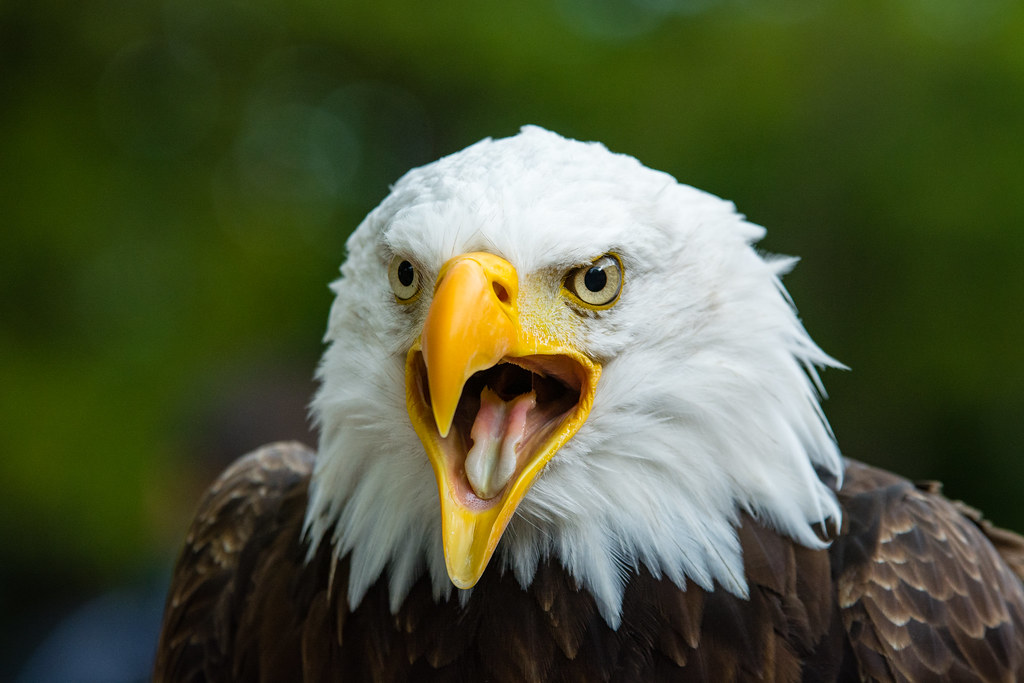
Despite their name, bald eagles aren’t actually bald – they’ve got about 2,000 white feathers covering their heads. Bald Eagles have about 2,000 feathers that cover their heads. Their name comes from the old English word “balde”, which originally meant white. It’s like calling someone “whitehead” instead of “baldhead,” which makes way more sense when you think about it.
The bald eagle is not really bald; it actually has white feathers on its head, neck, and tail. Bald is a deviation of balde, an Old English word meaning white. The eagle was named for its white feathers instead of a lack of feathers. So technically, we’ve been calling them the wrong name for centuries, but hey, it’s stuck now.
They’re Massive Birds With Impressive Wingspans
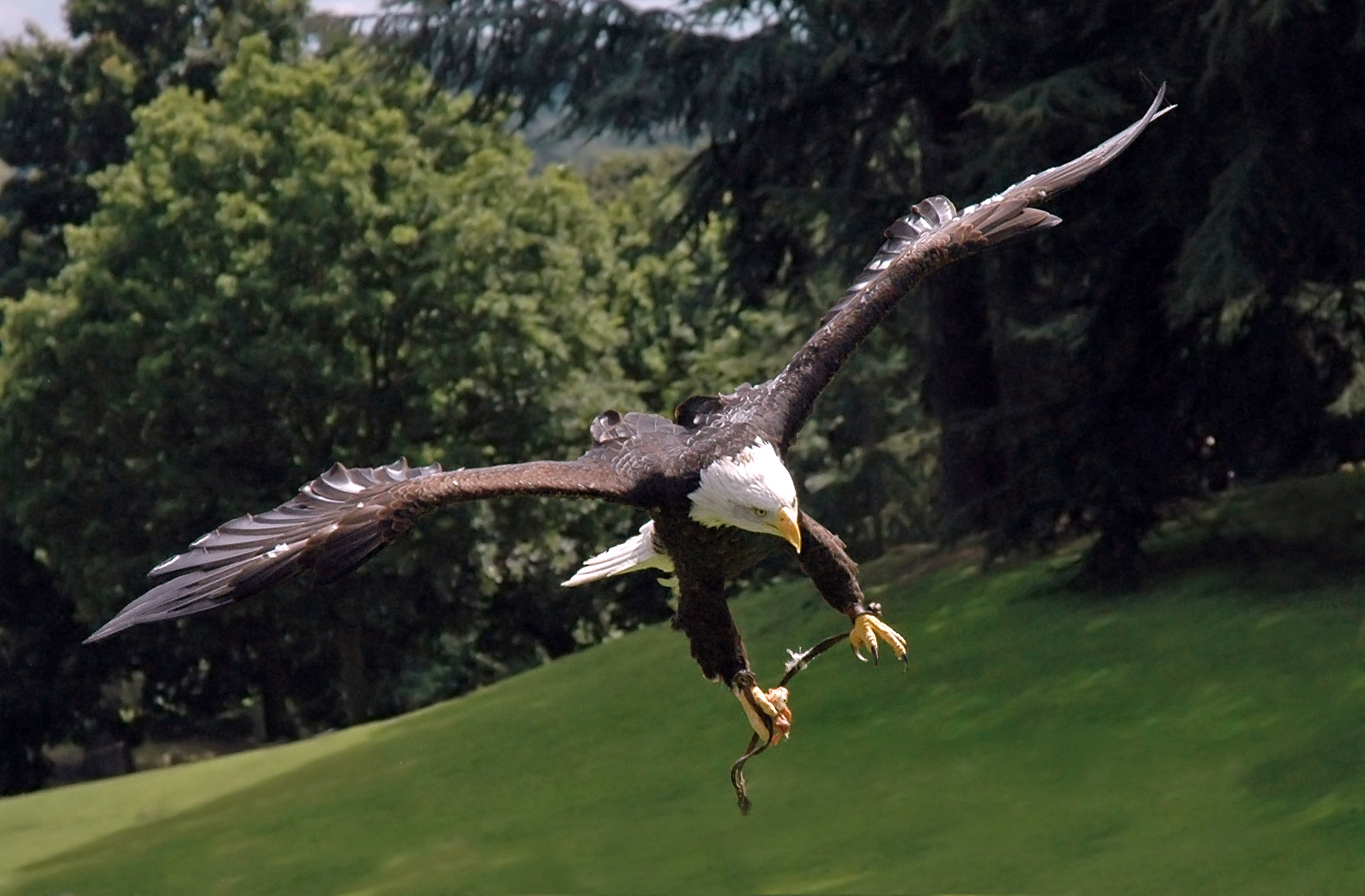
When people see a bald eagle up close, they’re usually surprised by just how big these birds are. The bald eagle has a body length of 70–102 cm (28–40 in). Typical wingspan is between 1.8 and 2.3 m (5 ft 11 in and 7 ft 7 in). That’s like having a bird that could practically give you a hug with its wings outstretched.
Female eagles are the real giants of the species – they’re about 25% larger than males. Females may weigh as much as 14 pounds. Males may weigh as much as 10 pounds. In Alaska, where everything seems to be bigger, bald eagles in Alaska have been known to reach 16 pounds. That’s like having a small dog with wings!
Their Diet Is More Varied Than You’d Think
Sure, everyone knows eagles love fish, but they’re actually opportunistic eaters with pretty diverse tastes. About 70% of a Bald Eagle’s diet is made up of fish. However, Bald Eagles are also scavengers and therefore eat dead animals they find. They’re basically the cleanup crew of the animal kingdom.
In 20 food habit studies across the species’ range, fish comprised 56% of the diet of nesting eagles, birds 28%, mammals 14% and other prey 2%. More than 400 species are known to be included in the bald eagle’s prey spectrum. From fish to rabbits to even carrion, these birds aren’t picky eaters. They’ll take what they can get, which honestly sounds like a pretty smart survival strategy.
They’re Notorious Food Thieves
Here’s where things get a little controversial – bald eagles are basically the bullies of the bird world. Rather than do their own fishing, Bald Eagles often go after other creatures’ catches. A Bald Eagle will harass a hunting Osprey until the smaller raptor drops its prey in midair, where the eagle swoops it up. It’s like that kid in school who’d steal your lunch money, except with more aerial acrobatics.
They obtain much of their food as carrion or via a practice known as kleptoparasitism, by which they steal prey away from other predators. This behavior is actually what irritated Benjamin Franklin so much about the species – he thought it was beneath the dignity of a national symbol.
Benjamin Franklin Really Didn’t Like Them

Speaking of Franklin, he was pretty vocal about his disdain for the bald eagle as America’s symbol. Benjamin Franklin disliked the idea of the bald eagle as the national symbol. Franklin said, “I wish the eagle had not been chosen as the representative of this country. He is a bird of bad moral character; he does not get his living honestly”.
In a letter to his daughter in 1784, Franklin compared the eagle unfavorably to the turkey. For in truth, the turkey is in comparison a much more respectable bird, and withal a true original native of America. Eagles have been found in all countries, but the turkey was peculiar to ours… He is besides, (though a little vain and silly tis true, but not the worse emblem for that) a bird of courage. Imagine if we had turkeys on our money instead!
They Nearly Went Extinct
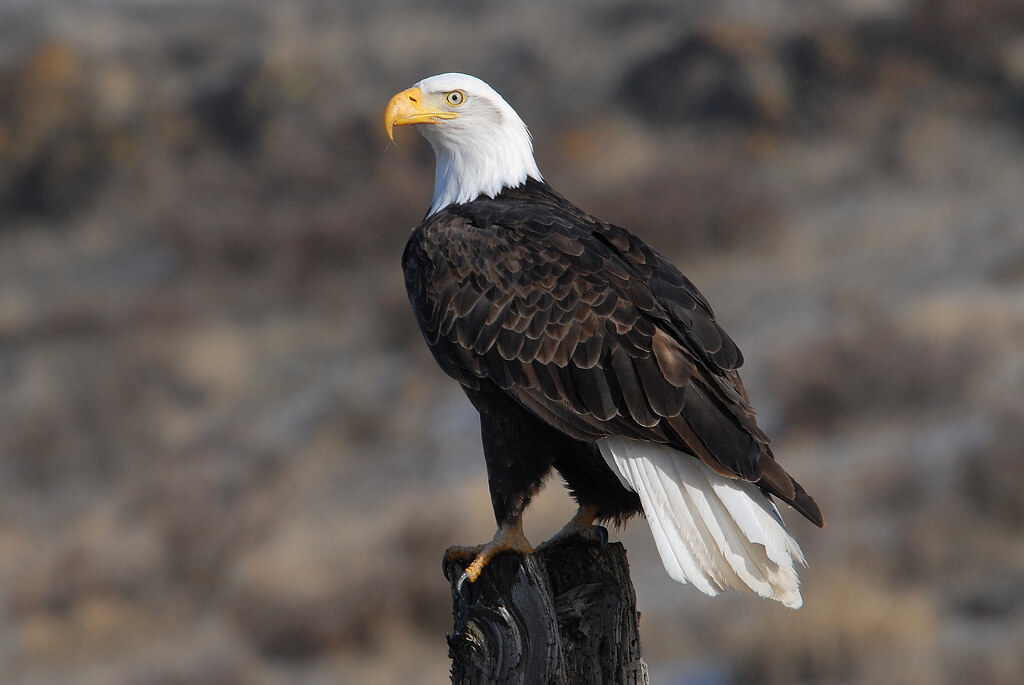
The bald eagle’s story is one of the most dramatic conservation success stories in American history. By 1963, there were a record-low 417 nesting pairs in the lower 48. But federal protections saved the species from near-extinction. It’s hard to imagine America without these majestic birds, but we came dangerously close to losing them forever.
Bald eagles were decimated by habitat destruction and degradation, as well as illegal shooting and the contamination of their food source by the insecticide dichlorodiphenyltrichloroethane, known as DDT. Habitat protection afforded by the Endangered Species Act, the federal government’s banning of DDT, and conservation actions taken by the American public have helped bald eagles make a remarkable recovery. Today, there are hundreds of thousands of these birds flying around North America.
They Build Absolutely Massive Nests
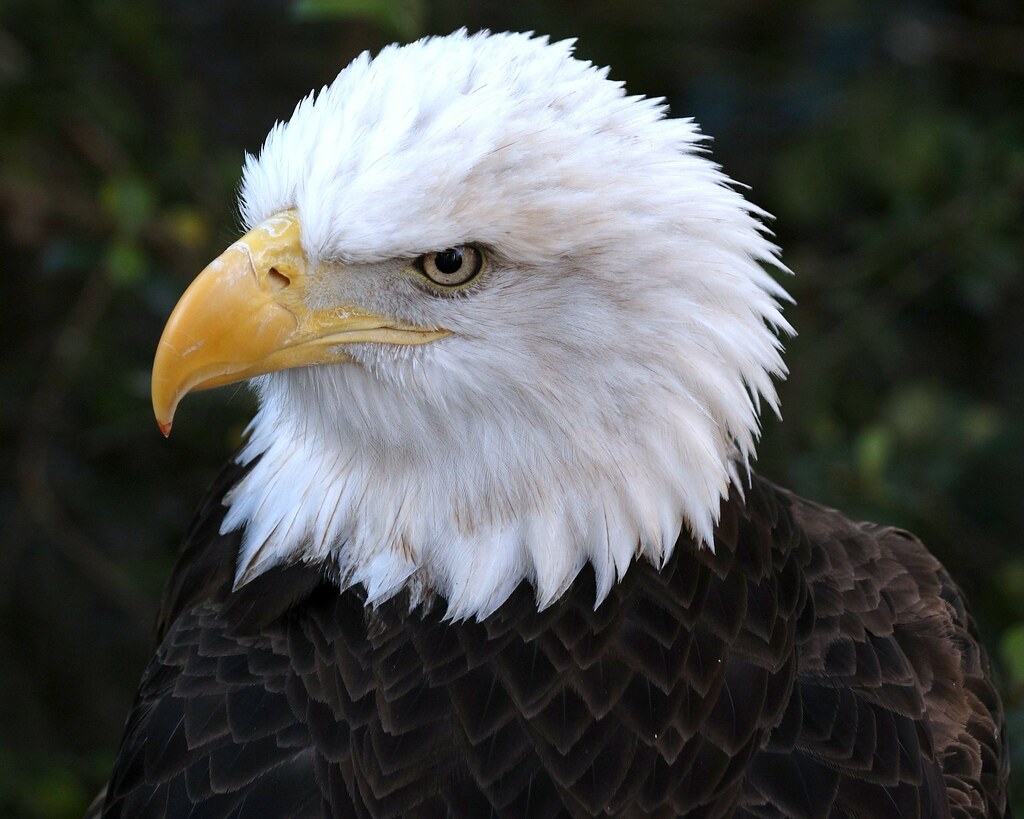
If you think eagles are impressive in flight, wait until you see what they can build. Bald Eagles build some of the largest of all bird nests—typically 5 to 6 feet in diameter and 2 to 4 feet tall. But that’s just the average – some of these nests are absolutely mind-blowing in size.
The largest Bald Eagle nest on record, in St. Petersburg, Florida, was 2.9 meters in diameter and 6.1 meters tall. Another famous nest—in Vermilion, Ohio—was shaped like a wine glass and weighed almost two metric tons. It was used for 34 years until the tree blew down. A two-ton nest! That’s like having a small car parked in a tree.
They Mate for Life and Have Spectacular Courtship Displays
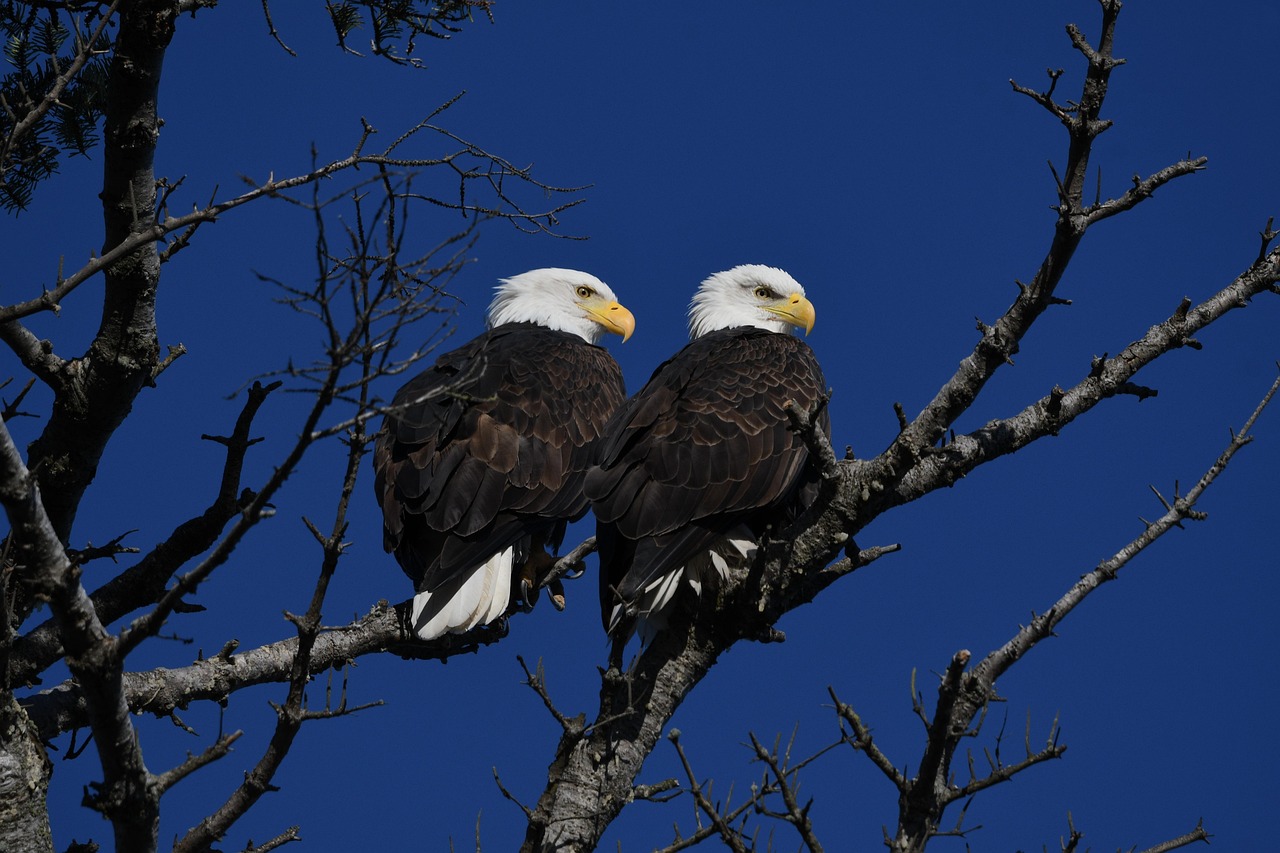
Bald eagles are hopeless romantics who take their relationships seriously. Bald eagles mate for life, but if an individual in the pair dies, the survivor will accept a new mate. Their courtship displays are absolutely breathtaking to witness.
In one of several spectacular courtship displays, a male and female fly high into the sky, lock talons, and cartwheel downward together, breaking off at the last instant to avoid crashing. It’s like extreme sports meets romance – talk about trust falls! The talon-grappling, cartwheeling fight they are known for is an aggressive territorial dispute, not a courtship behavior, so don’t confuse their romantic aerobatics with actual fighting.
They Don’t Sound Like You Think They Do
Here’s a fun fact that might surprise you: that classic “screaming eagle” sound you hear in movies isn’t actually a bald eagle at all. Bald eagles have a rather wimpy voice for such large, majestic birds. They have a squeaky alarm call used near the nest, and a similar vocalization usually uttered with a vertical head toss. The “screaming” vocalization often associated with the bald eagle is actually a red-tailed hawk call.
Hollywood has been lying to us for years! The birds communicate with each other using weak staccato, chirping whistles, ‘kleek kik ik ik ik’, somewhat similar in cadence to a gull’s call. So instead of that fierce, intimidating scream, they actually sound more like squeaky toys. It’s kind of endearing, really.
Conclusion
After nearly 250 years of assumption, America’s majestic bald eagle finally has the official recognition it deserves. From their impressive size and hunting prowess to their remarkable recovery from near-extinction, these birds embody resilience and strength. Sure, Benjamin Franklin had his reservations, and yeah, they’re basically flying bullies who steal lunch money, but there’s something undeniably American about their determination to survive and thrive.
Whether you’re watching them soar over a lake or spotting one on a dollar bill, remember that you’re looking at one of conservation’s greatest success stories. The bald eagle proves that with enough care and protection, we can bring species back from the brink of extinction. Now that’s worth celebrating this Independence Day – wouldn’t you agree?
